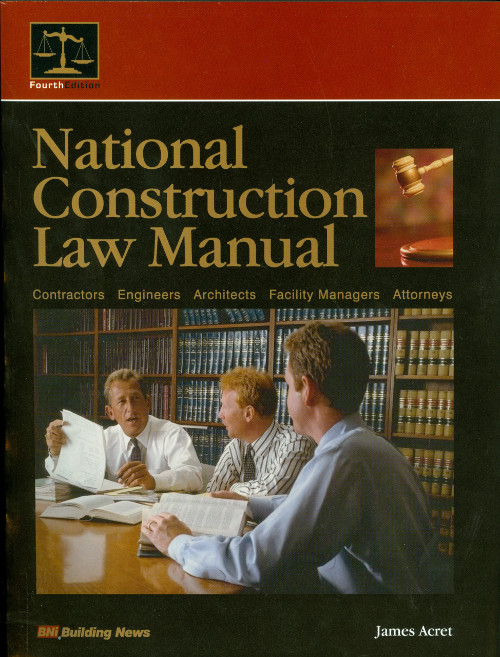How Construction Weighs on Scales of Justice

C
onstruction has a long, often unenviable history with race, and an image as a closed fraternity of white men. Interwoven with government and the economy at so many different levels, the industry belongs in the broader national conversation on race brought on by the murder of George Floyd in Minneapolis on May 25.
The construction workplace has been integrating glacially but at a gradually increasing enthusiasm since the 1960s. Yet it has failed to keep up with the changing American workforce. The closely controlled union locals for years resisted demands that they admit more minority workers even as contractors sought to comply with federal antidiscrimination laws. Faced with a shrinking market share in which open-shop contractors put more minority workers and women on their payrolls, unions, especially in major cities, have in recent years opened their doors to more Black men and women. They need to open the door to apprenticeships for Black workers even wider if union contractors are to hold their remaining market share and provide a vital tier of higher-paid construction employment—one where unions provide a bulwark against discrimination by employers.
There are the lingering questions of whether government construction, long used as a tool in economic development and social justice, has served its purpose since the Supreme Court’s 1989 Croson decision.
Diversity programs are now flourishing at many construction and engineering companies. They have their work cut out for them. Young people who once may have pursued civil engineering and construction-related jobs are drawn to other industries for higher pay, better working conditions and more promising opportunities. One of the biggest turn-offs to construction is the prospect of being the only Black person in the office or at the jobsite—a self-sustaining cycle. It isn’t only about friendships and camaraderie in the lunchroom. While the official big-company policies prohibit discrimination, pay disparities and isolated instances of ugly discrimination still erupt, as shown in Equal Opportunity Employment Commission settlements. One case involved Laquila Group Inc. in New York City, which in 2017 agreed to a $635,000 class settlement after charges of poisonous racial epithets at the jobsites and the firing of a worker who complained.
Related story: Protests Push Race To The Top of Construction Industry Issues
Contract awards are another struggle. There are the lingering questions of whether government construction, long used as a tool in economic development and social justice, has served its intended purpose since the landmark 1989 U.S. Supreme Court decision in J.A. Croson v. City of Richmond. The Associated General Contractors energetically supported Croson’s lawsuit to overturn the city’s set-aside program. Ultimately, the court required that race-based remedies should be narrowly tailored and based on evidence of past discrimination. Those programs are now standard and support many deserving firms. But they need a fresh look to determine how they can limit abuse and be more effective.






